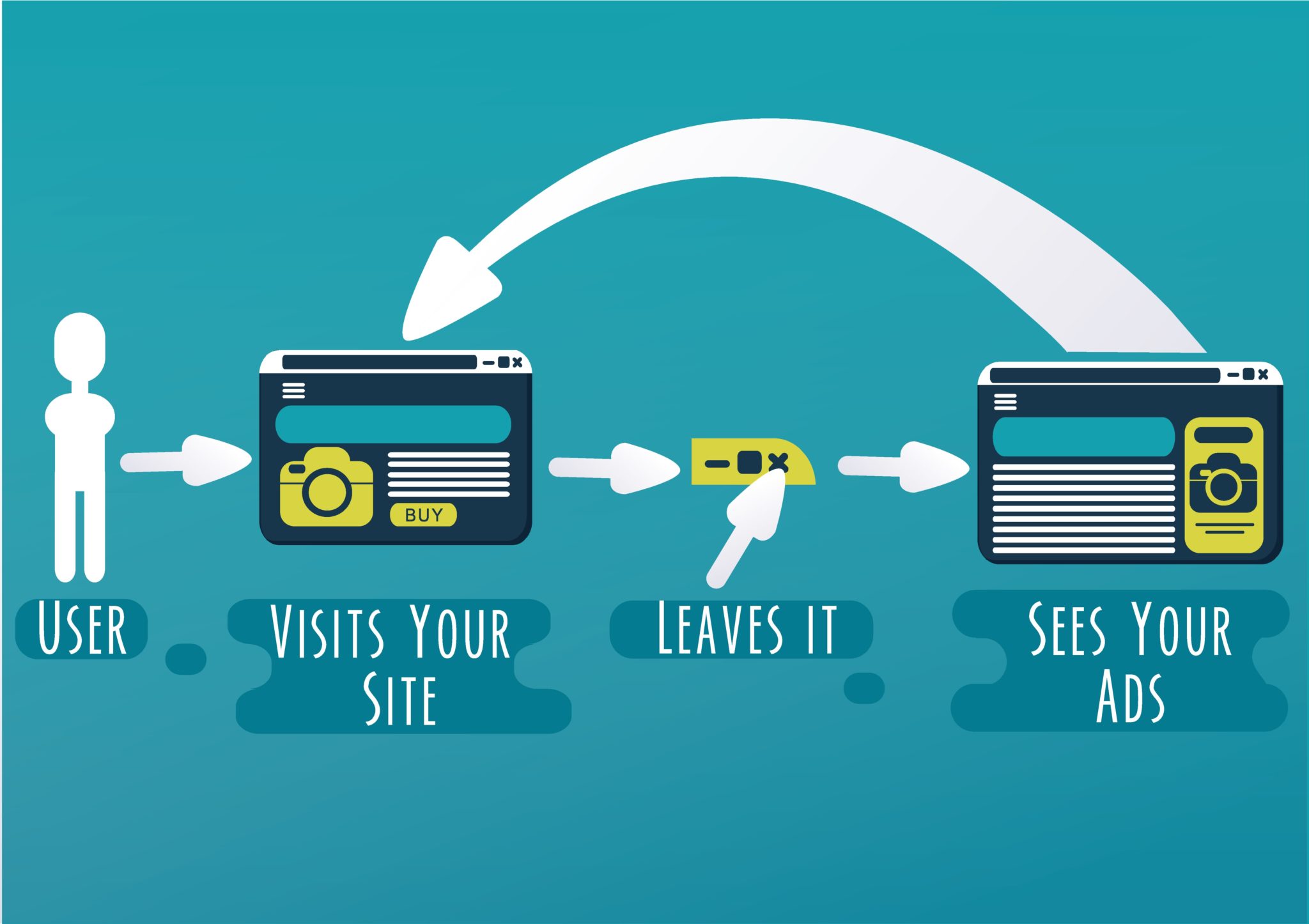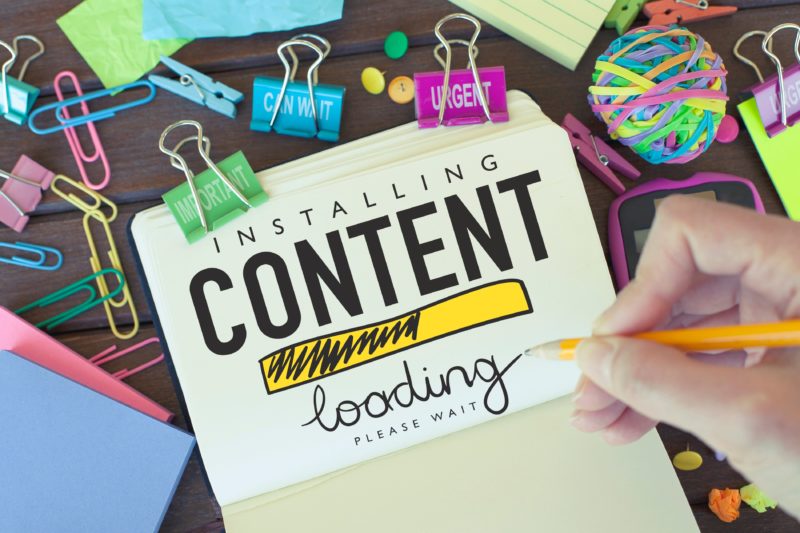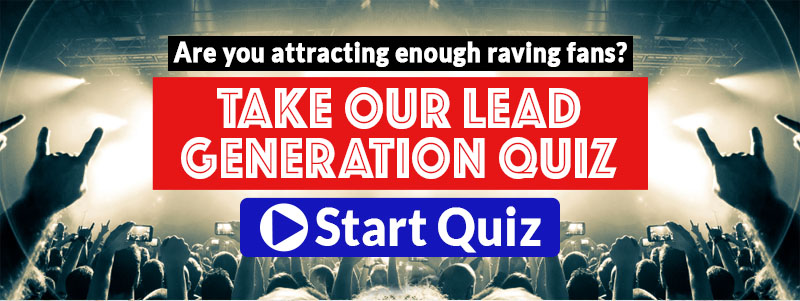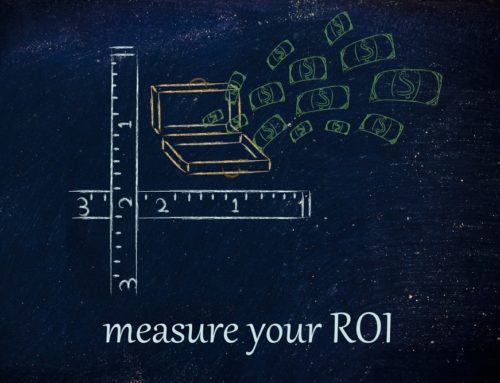When trying to generate leads and make sales for their businesses, too many brands go from 0 to 60 way too fast. It’s like they jump from “Hey nice to meet you for our first date” to “Let’s pick what our kid’s name is going to be” in a 5 minute timespan.
Instead of going for the jugular right out the gate, they should be going, let’s have coffee, let’s have lunch, let’s get to know each other, etc.” and build a relationship and trust with the other person before diving into the deeper commitments.
Today we’ll be showing you the 3 step process to gently build your relationship with your customer, so they can become a valuable lead for your business.
But first we need to cover some big problems that keep traffic buyers from being profitable in the first place:
What Keeps Traffic Buyers From Being Able to Generate Leads or Make Sales
1. They target too broadly

The key to targeting is specificity. Think about it like you’re aiming at your target with a sniper rifle, and not a shotgun. Your goal is to aim for the bullseye and hit as close to it as possible. That bullseye is where your most interested and excited prospects await.
Where this analogy starts to fall apart is that the bullseye in this instance isn’t painted to stand out. Because of this you need to test a lot of interests, groups and behaviors. Test a for little while, see what’s working best (and what’s not) and do more of what works.
2. Selling The Click
It isn’t enough to just target the right people. You also have to keep their attention long enough to consume the content of your ad and decide if they want to click on it.
It’s critical to catch and keep people’s attention, but at the same time you need to keep your ad relevant to the page you’re promoting.
3. Post Click Engagement

So at this point someone has clicked on your ad. Now you have to actually engage that person in a conversation they are interested in and convince them to do business with you. Now you must get a “yes” to consuming your sales message and another “yes” to purchasing your product or service.
This is all about maintaining a flow, and about getting a “yes” at every stage of the buyer’s journey (Yes, I’ll read the product description. Yes, I’ll add it to my cart. Yes I will pull out my credit card and buy.”) until you finally make the sale.
This is Essentially a Retargeting and Consumption Campaign

Essentially, we slow down our approach and don’t ask the prospect to become a lead or customer right away. Not only should we slow down that approach, but we should also work to increase engagement and brand awareness on the front end. We should have more people aware of who we are before going about the business of asking for their email address or a sale.
In addition to increasing brand awareness and brand engagement, we offer high-value, high-quality content that educates and “edu-tains”. We do this by reaching people using multiple content media types.
Also, you’re pixeling people with your content. You’re adding them to your engagement lists on Facebook (as well as other visibility sources you’re using), and from there you’re able to remarket to them.
So let’s go into the process in detail.
1. Build Brand Awareness with Different Types of Content

When we activate our ad campaigns we do not send people directly to a product offer page. When you’re promoting on a contextual-based ad network like Facebook ads, it works based on social advertising, and straight up offers aren’t social. You need to add another step before diving right in to your offer.
First, we produce a piece of content (an article, a video, or whatever else you want to use) and send it out to your audience. The purpose of this piece of content is to engage the prospect in a conversation about a topic that’s relevant to them or a problem they have. At the end, you gently nudge people to a suggestion or solution – which is your product.
This is a critical part: make sure you have a tracking pixel on your piece of content so you can target them again for this process. We’ll talk about that in a little bit.
What this does is that it prevents you from chasing your prospects with a hard sell, and instead replaces it with compelling content that helps them come to the conclusion that they should buy from you.
In short, the process here is as follows:
- The prospect sees a link to your content on their news feed
- They consume the content (that has a targeting pixel on it)
- They see the suggestion for your product at the end of your content
- They click the link and end up on your sales page.
If you are directing people to a blog post that you control, then one tool you want to use is an exit-intent popup. This detects when the prospect’s mouse is about to close the page, and when it does a popup magically appears with a free offer in exchange for their email address.
Here you want to use another piece of content to send to their inbox, such as an ebook or video. After they enter their email address, you can send them to a page or have a second popup (this is better) as a way to share one of your products with the new prospect while they wait for your email.
Don’t Slow Down the Excited Prospects
You want to maximize opportunities when prospects arrive on any given page on your site. Be sure to have calls to action, even if they’re subtle, on the sidebar, at the bottom of an article, and as an exit-intent popup.
Maybe that current prospect wants to move along the journey faster than others. Give them a chance to do just that. You don’t want to always wait for your prospects to receive 3 or 4 pieces of content before we pitch them something.
We don’t want to force people into an opt in or send them directly to a sales page before they’re ready. At the same time, we want to make sure there is a fast lane available for those prospects that have made the decision and have their credit card in hand right now.
2. Provide Multiple Exposures to the Brand

The second step is to use ads to retarget people who showed interest in your first piece of content, but either didn’t go on to click on the offer at the end of your content, or did but abandoned the process in the middle.
You could target people with product-specific ads, but research from Ezra Firestone from Smart Marketer has shown that it was more effective to retarget people with content, but in a different medium.
For example, someone might click on an article or blog post and go read it. Then the people who read that article then get served a retargeting ad on Facebook with a video for their second interaction.
The video has similar content as the article. Maybe it expands upon it or expresses it in a different medium. Either way, it expands upon the information they consumed previously. Maybe they read the article but they didn’t read it all the way through, but now they’re watching a video on the same topic, or a video addon to supplement the article.
Neither one are expressly asking for the prospect to become a lead, and they’re not pushing hard for a sale. It’s subtle.
3. These Steps Build Upon One Another.

On the third interaction (possibly more), now they are invited to an opportunity to take the next step in that relationship. It could be a sale if it’s ecommerce; it could be lead generation.
They should only see step 2 of a campaign if they first consumed and interacted with step one first.
So if someone clicks onto a link to go to your blog, now they’ll eventually see an ad on Facebook that’s a video ad. That’s step 2. They would never have seen that video ad at all if they never went to the article.
Then when they watch at least 25% of the video, now they get served another ad for step 3, which then invites them for a special opportunity for a chance to take that relationship to the next level. At that point they become closer to becoming a traditional email lead or traditional customer, or both.
If there ends up being a 4th step
It depends on the size of the profit margin someone has to work with and they have a fully realized funnel where they can maximize average order value and lifetime customer value.
Those are the key points that are needed for this to work. If the business owner has half-baked ideas, or they’re selling something with razor-thin profit margins, and no upsell process, and they’re hoping they can get volume of sales rather than maximize the value of any one given customer, they’re going to have an extremely difficult time affording the traffic.
This retargeting methodology is designed to build upon itself, but it’s only feasible when someone can actually afford to pay for these multiple traffic sources.
Always Have More Than One Source of Visibility!

If you are 100% dependent on one visibility source, you put yourself at risk in a big way. If you use one source and suddenly they change the rules on you, you’re left to scramble to keep your business together. These “little” changes have the power to devastate entire industries.
Diversifying your visibility sources, having at least 3 or 4 that you can count on, will help prevent you from becoming a victim of these sweeping changes. Thankfully, once you get one visibility source up and running, getting the rest of them set up is relatively easy.
Let’s talk about some of these sources of visibility that you can use for your marketing efforts:
Facebook offers contextual targeting, which deals with social advertising (the key word, of course, being social.)
Google has a bunch of advertising channels you can use, from Google Search, Google Shopping, YouTube, Google Display Network, and more. These advertising channels use a combination of query-based (specific keyword) targeting as well as contextual targeting.
Instagram is owned by Facebook, so it makes sense that they would also use contextual targeting for their ads.
Just like Google, Pinterest uses a combination of query-based and contextual targeting.
Similar to Facebook, LinkedIn uses contextual targeting. However, it’s based on more business criteria such as company industry, job function, job seniority, skills, and so on. This is what you would want to use for targeting B2B and business professionals.
Okay, so this isn’t a typical visibility source since we can’t directly advertise here without the prospect opting in to seer our messages. However, it is far more powerful since they said yes to your messages, and now you’re not fighting as hard for their attention. Use this medium m usc like the ones above to keep the conversation going.
Wrapping It Up
In summary, here is the 3 step process to building a relationship with your prospects:
- We share different types of content (articles, videos, podcasts, etc.)
- We give multiple exposures to the brand using multiple different content types
- Each exposure builds upon one another; they should only see step 2 of a campaign if they first consumed and interacted with step one first.
You want to test out which medium you want to use as an initial contact point with your prospects. For some people it may be articles or blog posts; for others it may be video; and for others still it may be something else like a podcast.
Test and test again to find what works best for your business.
Are you using your lead generation tool and tactics to their utmost potential? Take our lead generation quiz to find out.








Leave A Comment